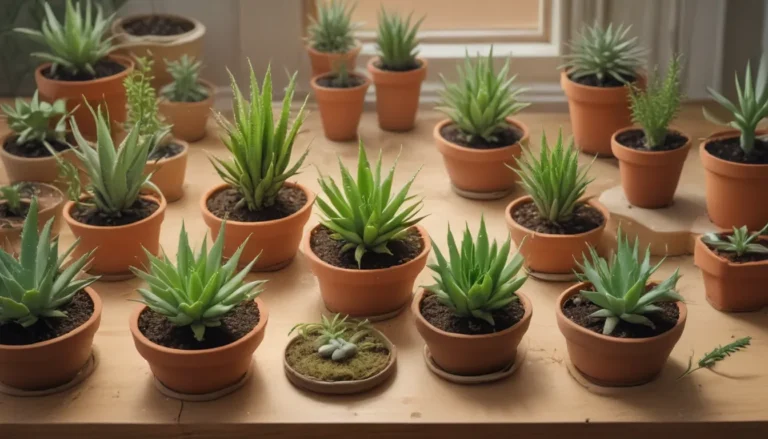A Comprehensive Guide to Saving Tomato Seeds for Planting

Are you a tomato enthusiast who wants to take your love for these juicy fruits to the next level? Imagine the satisfaction of harvesting your own homegrown crop of ripe, flavorful tomatoes, and having a stash of heirloom seeds ready to dazzle and delight in future seasons. Saving your own tomato seeds is not only rewarding but also economical and convenient.
In this guide, we’ll delve into the world of tomato seed saving, covering everything from the basics of heirlooms and hybrids to four effective methods for preserving your tomato seeds for planting. By the end of this article, you’ll be equipped with the knowledge and skills to create your own supply of tomato seeds for future harvests.
Heirlooms and Hybrids
Before we jump into the seed-saving process, it’s essential to distinguish between heirloom and hybrid tomato varieties. Heirloom tomatoes are open-pollinated cultivars that produce seeds true to the parent plant. On the flip side, seeds from hybrid tomato plants can be sterile, resulting in inconsistent characteristics in subsequent generations. To ensure the integrity of your tomato plants, save seeds only from open-pollinated or heirloom varieties.
Tomato Seed Basics
Collecting tomato seeds is a straightforward process, but there are a few key steps to follow to ensure successful propagation. Choose fully ripe or over-ripe tomatoes from healthy, vigorous plants, avoiding any damaged or cracked fruits. The goal is to select the best-looking tomatoes from robust plants to maintain desirable qualities in future generations.
To extract the seeds, scoop out the gel containing the seeds from the fleshy fruit. The gel inhibits germination and can harbor pathogens, so it’s crucial to remove it before storing the seeds. Once you’ve collected the seeds, it’s time to explore different methods for saving them for future planting.
Four Methods for Saving Tomato Seeds
1. Burial
Burial is a natural method that mimics the lifecycle of tomato plants in the wild. It involves burying fresh seeds at the end of the growing season, allowing them to undergo natural fermentation over the winter months. To bury the seeds, slice a healthy fruit into discs and plant them two inches deep in the soil. Cover with a layer of mulch and wait for the seeds to sprout in the spring.
2. Drying Fresh Seed
Drying fresh seeds involves air-drying the seeds with the gel intact. While this method is simple, seeds that haven’t been fermented may have lower germination rates and a shorter shelf life. To dry fresh seeds, scoop out the gel, rinse the seeds, and spread them out on a paper towel to dry. Label the seeds and store them in a cool, dark place for future use.
3. Rubbing
Rubbing is a manual method of removing the gel sac from small quantities of seeds. While it can be tedious, rubbing the seeds on an abrasive surface can yield a high germination rate. To use this method, rinse the seeds, rub them on a fine sieve or paper towel to remove the gel, and air-dry them for storage.
4. Fermentation
Fermentation is a popular method for cleaning and preserving tomato seeds in bulk. This process involves allowing the gel, juice, and seeds to ferment for one to three days to break down the gel sac. To ferment the seeds, extract the gel from ripe tomatoes, place it in a container, and stir it daily to prevent mold growth. After fermentation, rinse and dry the seeds for storage.
Storage
Once you’ve processed and dried your tomato seeds, it’s essential to store them properly to maintain their viability. Store the seeds in a paper envelope labeled with the harvest date and variety name. Keep the envelopes in a cool, dark, and dry location for optimal preservation. With proper storage, your tomato seeds can remain viable for several years, ensuring a bountiful harvest in the future.
Conclusion
Saving your own tomato seeds is a rewarding and sustainable practice that allows you to preserve your favorite varieties for future planting. Whether you choose to bury, air-dry, rub, or ferment your seeds, each method offers a unique approach to seed saving. By following the steps outlined in this guide, you’ll be well on your way to creating a thriving collection of tomato seeds for next year’s harvest.
How do you collect and save your tomato seeds? Share your tips and experiences in the comments below! And for more gardening guides and tips, explore our related articles on growing tomatoes, storing your harvest, and maximizing your crop yield.
Remember, with a little effort and patience, you can enjoy the satisfaction of growing your own tomatoes from seed and preserving your favorite varieties for seasons to come. Happy gardening!





